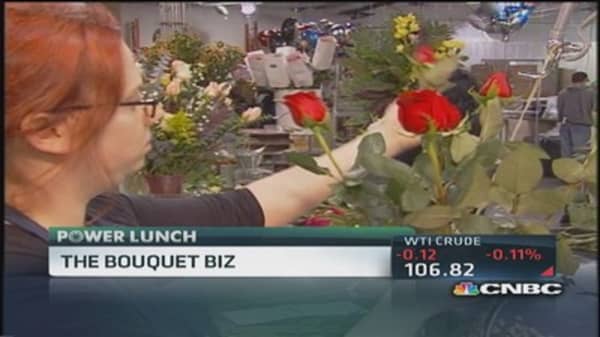"The local florist market has been shrinking for years," said Eric Beder, managing director at Brean Capital. "And after 2008 and 2009, that accelerated. It's very tough for local florists to make it work anymore, especially with the internet and people no longer shopping" on Main Street.
According to Beder, the rise of online giants has contributed to the demise of smaller vendors for several reasons, including their diverse and specialty product offerings.
(Read more: Business transformations: The good, the bad, the ugly)
"1-800 Flowers has done a really solid job. After the economy slowed down in 2008 and 2009, they consolidated operations [and] refocused the product, so they are no longer selling just basic flowers but selling value-added unique products."
Some customers also shop for flowers online for the potential savings.
"[Buying online] does save money in terms of shipping costs and ... not having to pay a middleman," Beder said.
Wholesale flower markets, big-box stores and supermarkets have gained share, as well.
It's more convenient to go into your "grocery store, your BJ's, your Wal-Mart, and buy there as opposed to a local florist because it's ... on your way," Beder said.
The product's perishability makes ordering and inventory control especially important for the small retailer.





